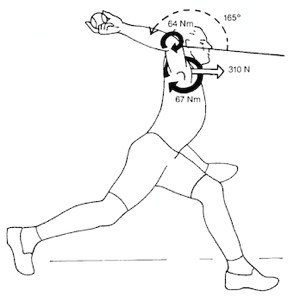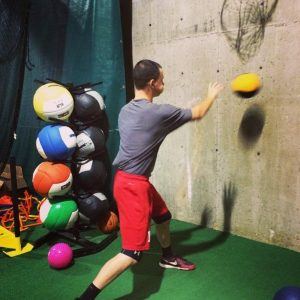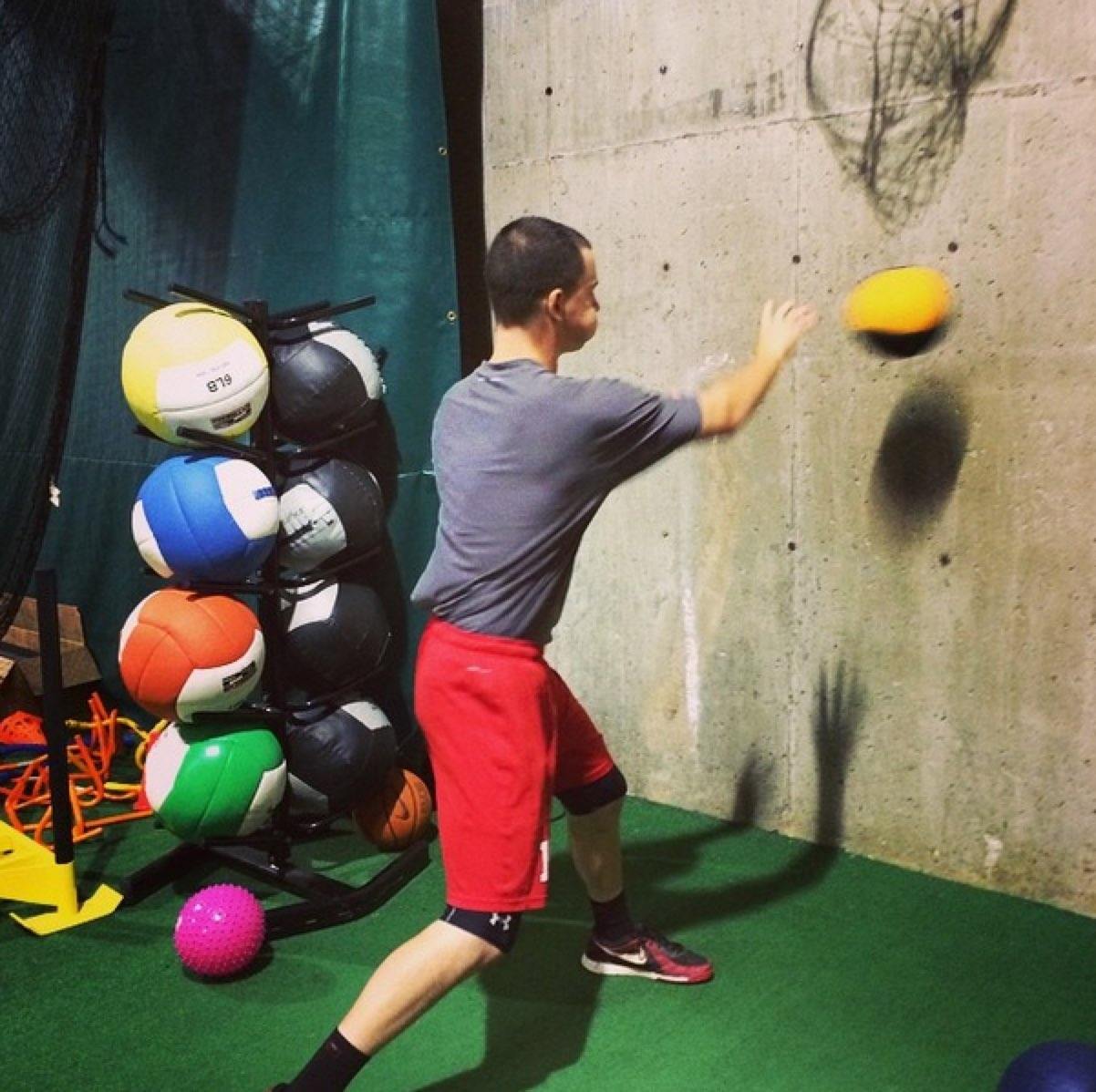Pitching a baseball takes a tremendous amount of skill to throw with velocity and accuracy. Improving velocity tends to be the primary concern of many pitchers, especially youth baseball players. In order to learn how to enhance velocity, it’s more important to study scientific evidence than to rely on anecdotal information and traditional baseball concepts.

They found that youth and college pitchers threw with similar biomechanical kinematics, meaning that their mechanics were similar.
However, what they did find was that momentum and force generation were higher in the college pitchers. College pitchers exhibited:
- Greater push off on the pivot leg during stride
- Greater pelvis and trunk rotation throughout the pitching sequence
- Greater stride leg control during acceleration
- Greater stride leg extension explosive force approaching ball release
It should be noted that the data was normalized to body mass to take into consideration the lower weight and size of adolescent pitchers. This make the comparison fair.
These results correspond well to a previous report by the same authors that showed college pitchers with higher velocity also showed greater ability to produce force in their legs and trunk in comparison to college pitchers with low velocity.
In addition, the results were also similar to what Glenn Fleisig, Dr. James Andrews, and ASMI showed in regard to the upper body and trunk when comparing youth and older pitchers.
To Maximize Velocity, Generate More Force with the Legs and Trunk
Again, mechanics of youth are similar, but their ability generate force is different. Generating more force with your legs and trunk results in greater velocity.
But getting stronger probably isn’t enough.
Based on these two studies it is apparent that getting stronger isn’t the only thing needed to increase your pitching velocity. You also need to be able to generate more speed and power.
Part of this is simply getting older and bigger. A stronger body and a longer arm generates more force, that’s just simple physics. But there are also some tweaks you can perform to generate more force. Here are three things youth baseball pitchers can train to improve their pitching velocity based on this new scientific evidence
Improve Strength

Based on these studies, lower body strengthening is an area that deserves a lot of attention. The legs are used during the early phases of pitching, so the amount of force produced early in the delivery will result in more force being developed and transferred through the body for the rest of the pitching sequence.
Take a look at professional baseball pitchers. The majority that look like they throw effortlessly have big legs, hips, and butts. Jon Lester is a great current example, and Roger Clemens is probably a great former example.
The shorter and smaller framed pitchers tend throw with much more effort.
The bigger and stronger your legs, the more force you can generate, which has been shown in numerous studies to correlate to velocity.
Enhance Speed

Better stated – train slow and you’ll throw slow. [Click to Tweet This]
Once a baseline of strength is established, I tend to focus on “intent.” What I mean by that is you want to develop the athlete’s ability to explode. This is an area that many youth do not understand. They don’t know how to explode.
Once a young athlete understands how to move a heavy weight slowly, you want them to transition this to moving a moderate weight faster, and eventually a lighter weight even faster.
Exercises like plyometric jumps, medicine ball throws, kettlebell swings, and speed trap bar deadlifts are all very effective in this spectrum of training.
On the baseball training side of the equation, this is where long toss and overweight/underweight balls become important for pitchers (there is a right way and wrong way to implement these). I’m not sure any of these develop “arm strength” as much as they develop “arm speed.”
Big difference.
Maximize Stability

To properly transfer force that is developed from your pivot leg, you need a strong AND stable stride leg.
You need stride leg stability for force transfer, but don’t forget the body has internal regulations to avoid injury. If the stride leg can’t stabilize the force, theoretically you body won’t allow you to develop the force.
This also goes for the arm, and I believe why using weighted balls the WRONG way can be harmful, especially for youth pitchers. Your arm needs to be able to withstand the force to produce the force. Otherwise, your brain is smart enough to regulate force development.
To maximize velocity, you need to train the body to develop and withstand force. Too many of us only focus on developing force alone. This can result in ineffectiveness of training programs as well as injury by pushing past your physiological limits.
Understand that maximum velocity in a baseball pitcher occurs through a combination of many qualities. Work on enhancing each of these will result in a maximum amount of velocity while reducing the chance of injury.
Free Presentation on Maximizing Performance and Reducing Injuries in Baseball Pitchers
To learn more about how I enhance performance in baseball players while reducing the chance of injury, enter your email below and I’ll send you access to my FREE 45-minute presentation where I discuss why injuries occur in baseball players and the 5 principles that I follow to build my programs to safely enhance performance while reducing injuries.
Simply enter your name and email below to join my baseball-specific newsletter where I update you on all my baseball content. After you confirm your subscription, you’ll get an email with instructions on how to access the webinar:





